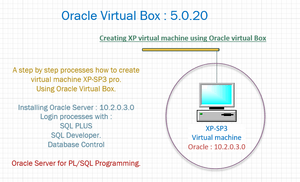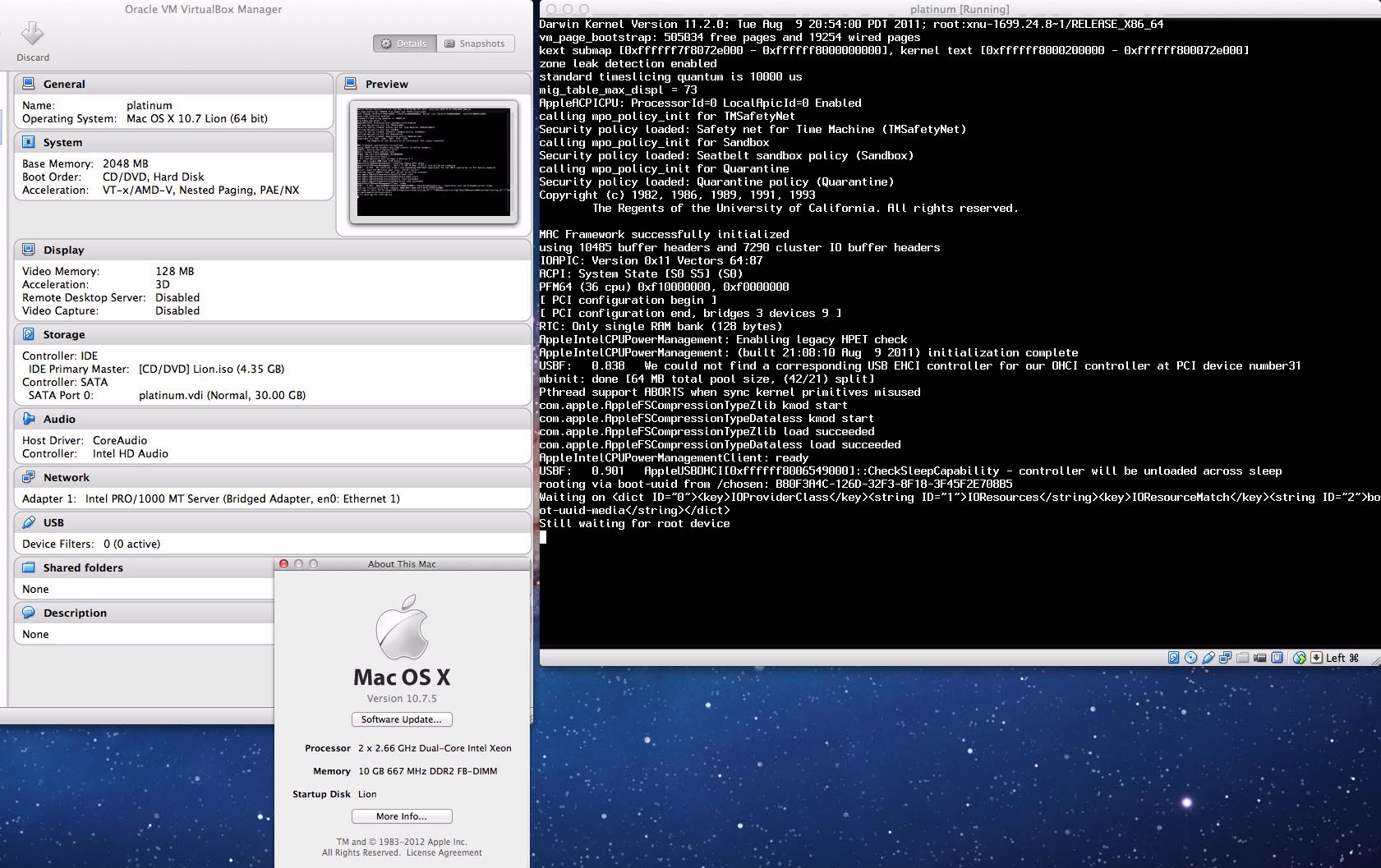

Remember, the goal of your backups is to be able to recover applications and services, not just machines.

Focus on backing up applications, not machines Related: Is Cloud Backup Right for Your Business? 4. Many backup software tools integrate with major cloud providers making this process even simpler. It’s the ideal location to store backups of your VM and supports rapidly bringing the VM back online in case of a disaster at your primary processing site. The cloud has become an important part of disaster recovery plans to day. Use cloud backup as part of your disaster recovery plan It’s also important to back up your VM configuration information-things like clusters and permissions-to make rebuilding the host easier if needed. Software optimized for VM backups makes use of its knowledge of the virtualized environment and completes backups more efficiently and without impacting other jobs. That means you should change your backup method to reflect that you are running VMs, not simply install the same backup agent you would install on a physical server. Snapshots are not always application aware, meaning applications may not recover properly when a VM is restored from a snapshot. In addition, you can’t easily manage snapshots and apply retention policies. Snapshots cause growth in the storage attached to the VM and can also impact the performance of the VM, even potentially bringing down a VM if space runs out. Most VM software includes the capability of creating VM snapshots, but those shouldn’t be a replacement for full backups. Here are five tips for designing your VM strategy.

Did you adjust your backup strategy when you began using virtual machines (VMs)? The goal of backups is the same whether you’re running on VMs or physical servers, but the methods and strategies you use need to reflect the virtualized environment to be most efficient.


 0 kommentar(er)
0 kommentar(er)
